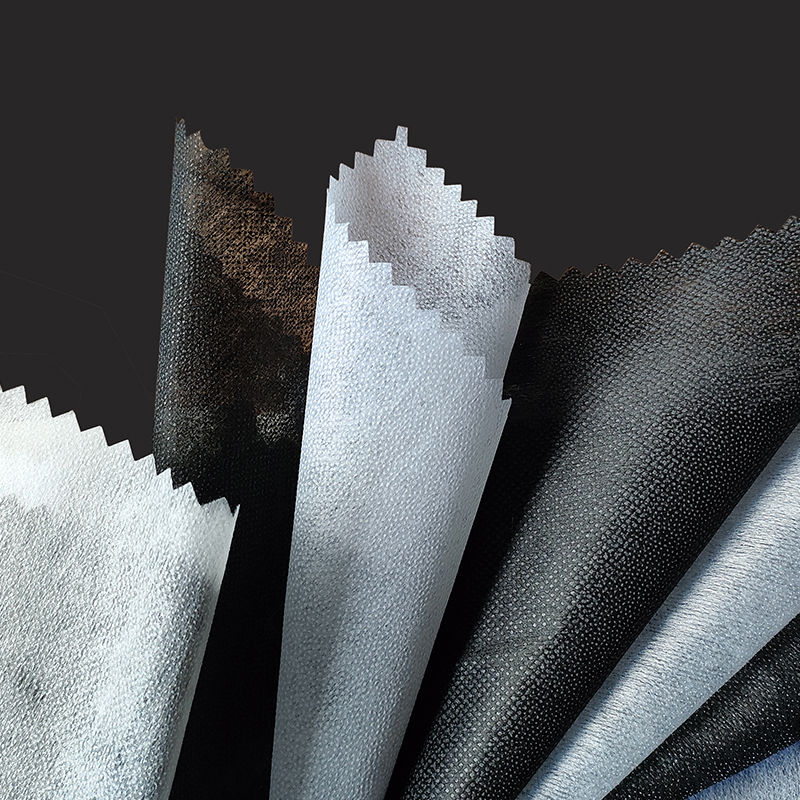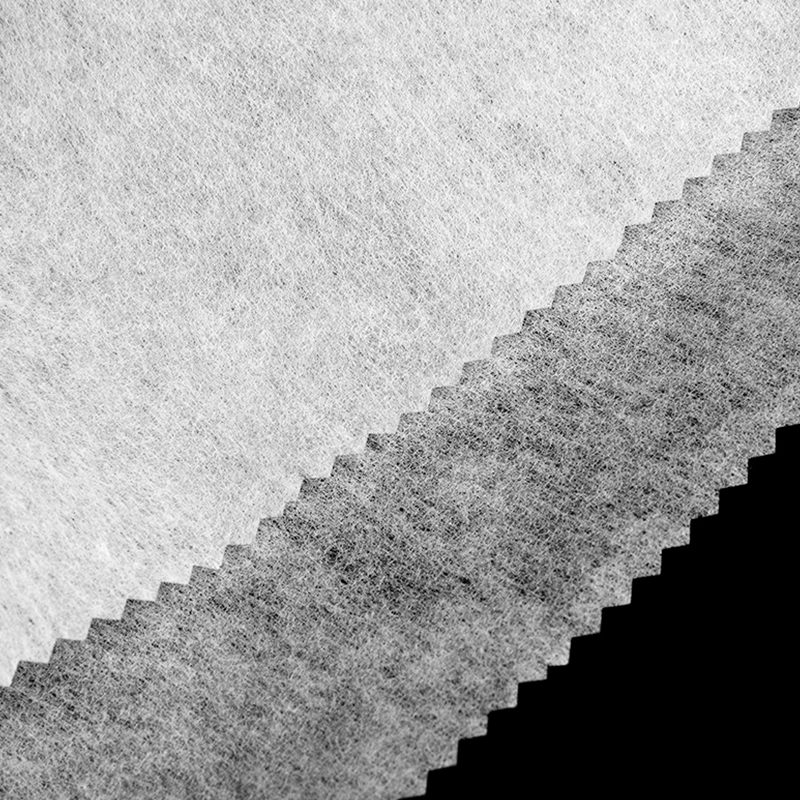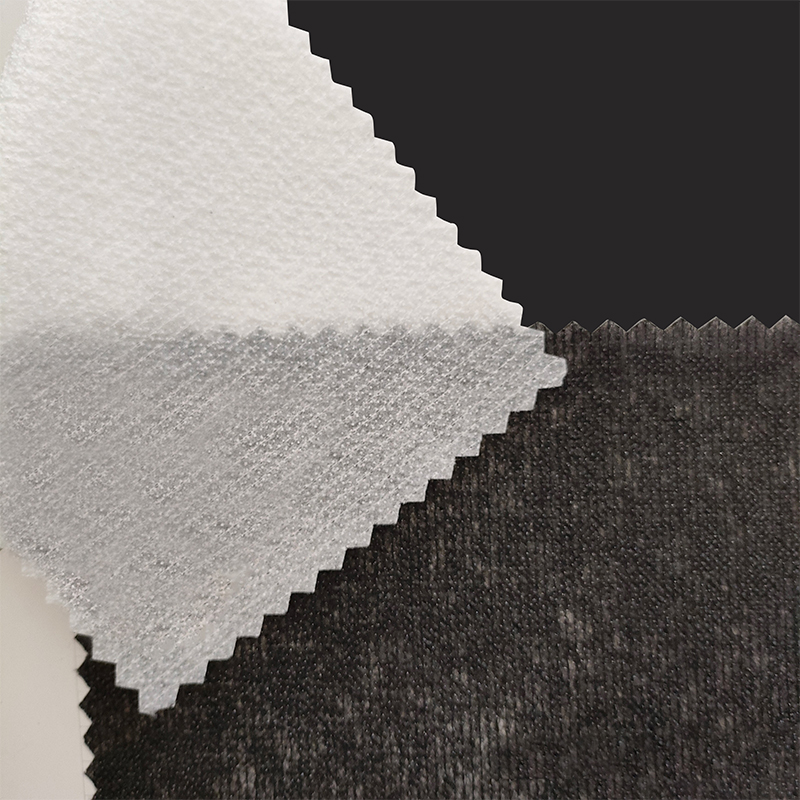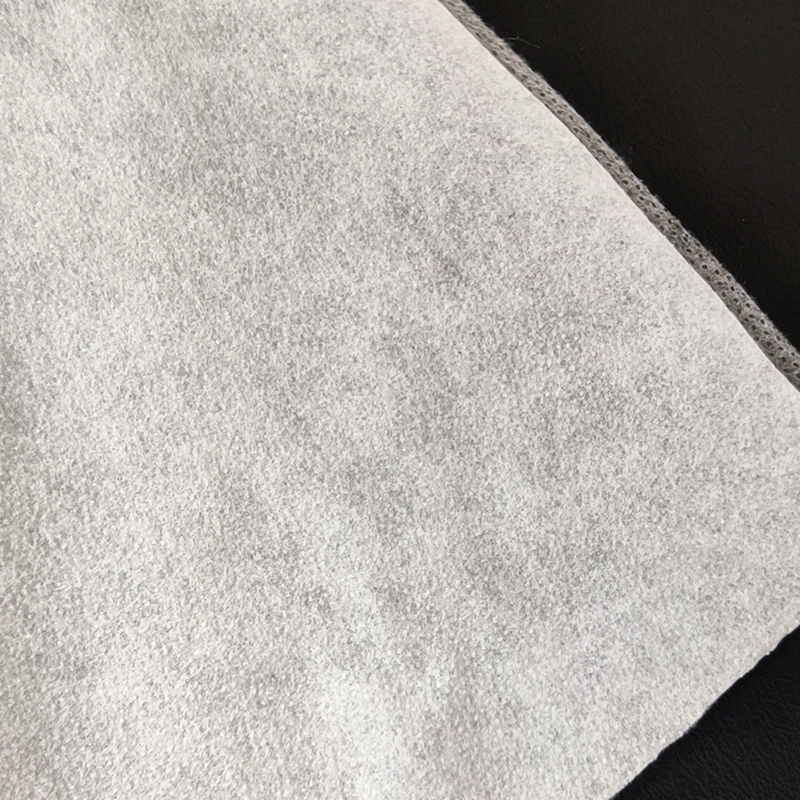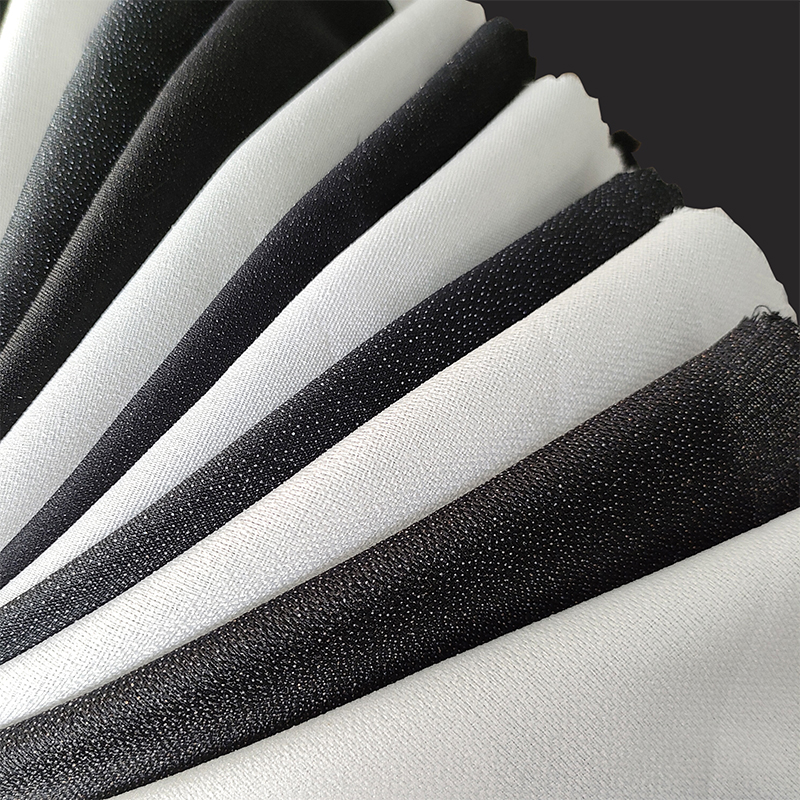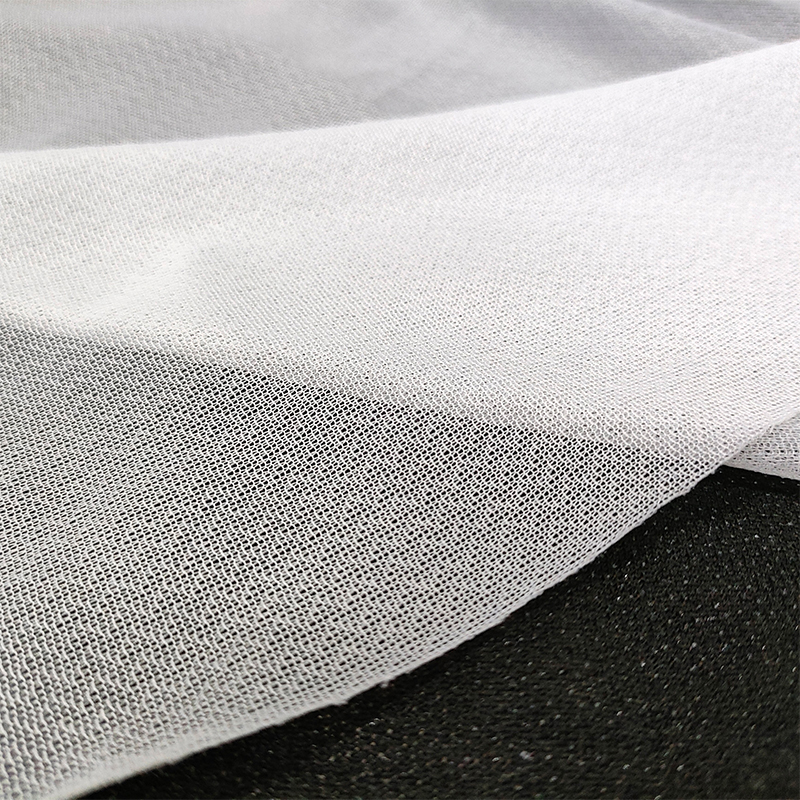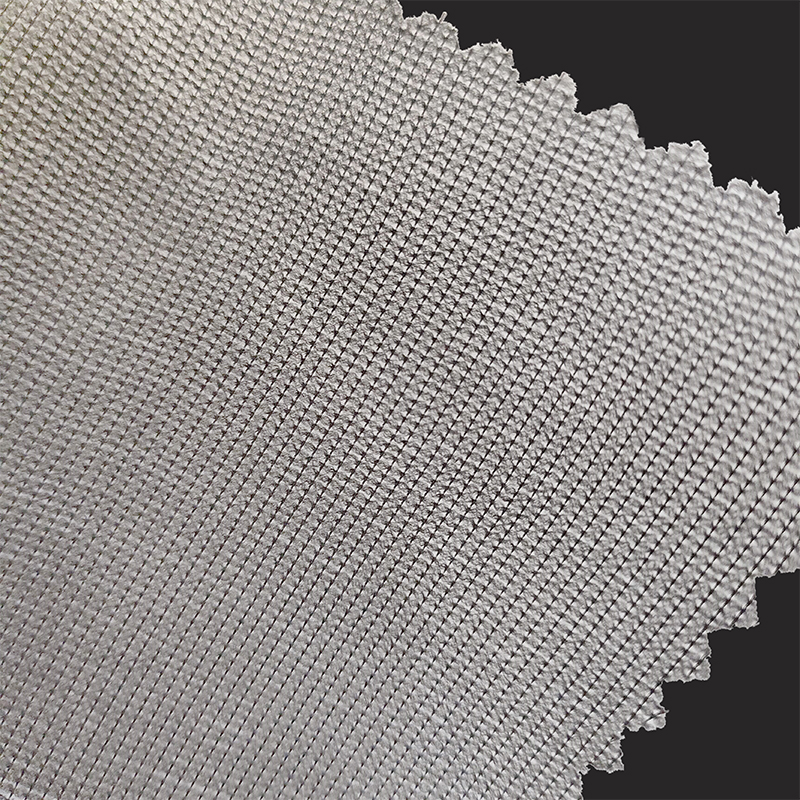Whether non-woven fabric can degrade depends on its raw materials
1、 Non degradable non-woven fabric dominates
Most non-woven fabrics on the market use PP (polypropylene) or PET (polyester) as raw materials, which are chemically stable and difficult to decompose by microorganisms in natural environments. Even if it breaks into microplastics after exposure to wind and sun, it still exists in soil or water for a long time.
Some businesses promote the use of non-woven bags instead of plastic bags as a more environmentally friendly alternative to misleading "environmental labels". However, both PP non-woven fabrics and traditional polyethylene plastic bags have a degradation cycle of hundreds of years, with only physical differences, and their essence still belongs to plastic pollution.
2、 Degradable non-woven fabric relies on specific raw materials
Bio based materials (such as PLA) are non-woven fabrics made from polylactic acid (PLA) fermented from corn starch, which can be decomposed into water and carbon dioxide by microorganisms under composting conditions. They disintegrate outdoors for several months and are suitable for disposable medical and health products.
Microbial synthetic materials (such as PHA) are polyhydroxyalkanoate (PHA) non-woven fabrics produced by bacterial fermentation, which have both biocompatibility and marine degradation ability. They are commonly used in high-end medical dressings or implant materials, but the cost is relatively high.
Petrochemical based biodegradable materials (such as PBAT) are synthesized through molecular design into ester containing polymers (such as PBAT), which have a fast enzymatic hydrolysis rate in humid and hot environments. They are commonly used for agricultural coverings or washable wipes.
3、 Degradation requires strict conditions to support
Strong environmental dependence: Biodegradable non-woven fabrics require specific temperature, humidity, and microbial environments (such as industrial composting), which significantly reduce their degradation rate in ordinary soil or landfills.
Additives affect the effectiveness: Some products mix non degradable fibers or additives to improve performance, which may result in incomplete degradation of the entire product.
4、 Select the application scenario that needs to be matched
Disposable medical and health products: prioritize PLA non-woven fabric to meet short-term use and rapid degradation needs.
Durable agro industrial materials: if long-term anti-aging (such as waterproof coiled material base cloth) is required, traditional PP non-woven fabric is more economical; PLA/PHA composite fabric can be used for short-term crop coverage.
| Material Type | Biodegradable? | Key Degradation Conditions | Common Applications |
| PP (Polypropylene) | No | Resists natural degradation; fragments into microplastics | Shopping bags, furniture linings, crop covers |
| PET (Polyester) | No | Persists in soil/water for centuries; UV exposure causes slow breakdown | Geotextiles, insulation, roofing base |
| PLA (Polylactic Acid) | Yes (under specific conditions) | Requires industrial composting (high heat, humidity, microbes); slow in soil/landfills | Disposable medical gowns, tea bags, plant pots |
| PHA (Polyhydroxyalkanoates) | Yes | Degrades in soil, marine environments, and compost; broader conditions than PLA | Premium medical implants, filters, packaging |
| PBAT (Polybutylene Adipate Terephthalate) | Yes | Compostable with enzymes; breaks down faster than PLA/PHA in damp conditions | Biodegradable mulches, flushable wipes |

 English
English Español
Español Türk
Türk